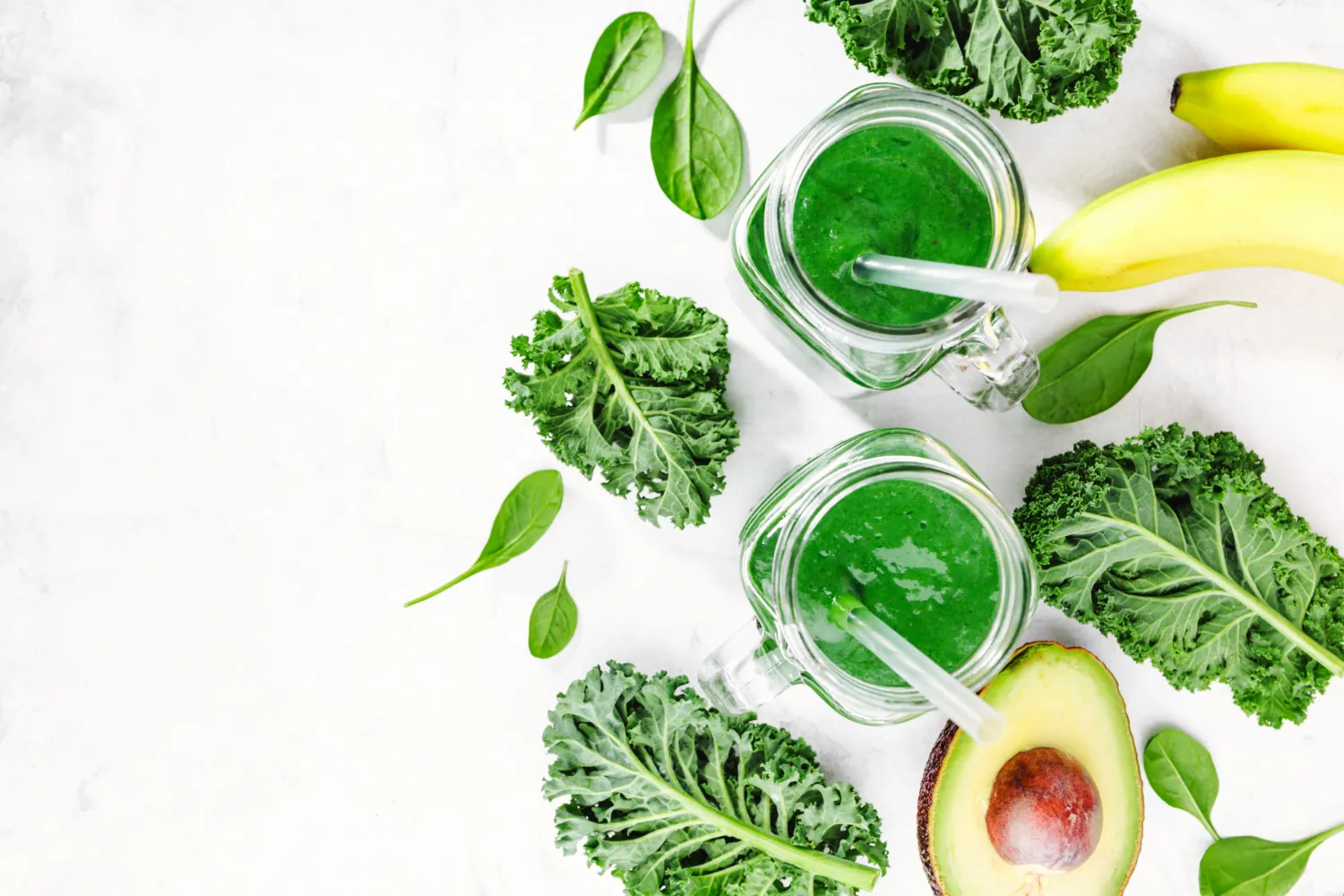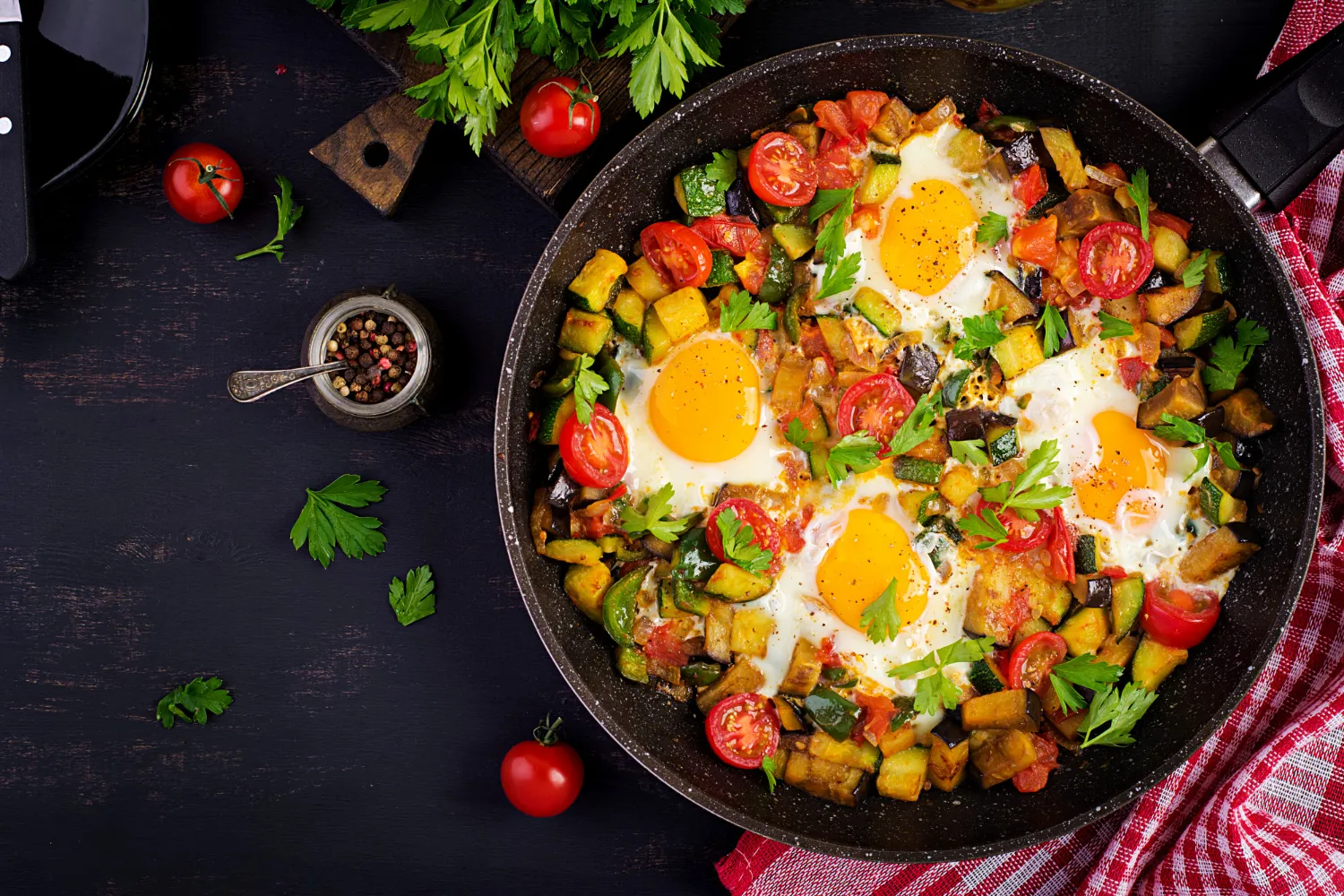Enjoying Meals While Staying on Track
Eating out, whether at a restaurant or at a friend or family member's house, should be enjoyed. Social events bring people together, and these interactions are incredibly valuable to our overall well-being. Dieting does not mean you cannot eat out; you just need to enter that meal with somewhat of a plan.
That being said, eating out is associated with overconsumption of calories. Regularly eating out (multiple times per week) can hinder your progress in weight loss. Restaurant meals are typically higher in calories due to larger serving sizes or greater use of fat for cooking, or both. Furthermore, you might order an entrée and dessert and consume a calorific drink or more during the meal.
Here are 13 quick hints and tips on how to overcome the potential obstacles associated with eating out:
1. Recommended Portion Sizes for Eating Out

Within the Reverse Health coaching course, we outline the recommended serving sizes for protein-rich foods, carbohydrate-rich foods, and fruit, vegetables, and healthy fats. Protein should be around a hand-sized serving, while carbs should be a fist-sized serving. Vegetables, fruit, and healthy fats should make up the remaining space on your plate, creating a rainbow of color.
Practically speaking, that could be a nice piece of fish (protein) making up most of the plate, with some rice, pasta, or potatoes (carbs) making up a fist-sized serving. The remaining space can be filled with various vegetables or salads with some olive oil. Accompanied by water or sparkling water, of course.
2. How Often Are You Eating Out?
Understanding how often you are eating out can help manage your calorie intake. If you eat out regularly, it is crucial to monitor the frequency and make conscious choices to balance your overall diet.
3. Plan Ahead for Dining Success
How to eat out successfully often starts with planning. Assess the restaurant’s menu ahead of time and make a suitable selection before you arrive. If you are not familiar with the menu, you may get distracted and more likely to make a poor decision. The sight and smell of food can make it difficult to stay on track. So, commit to a meal ahead of your arrival and stick to that plan.
If the restaurant you are going to only offers high-calorie options (e.g., only pizzas), adjust your meals earlier in the day to allow room for the pizza that night. This is often referred to as ‘banking’ calories. Simply put, you eat less at breakfast and lunch to make room for the bigger meal in the evening. Planning ahead is always important.
4. Check What’s on the Menu Beforehand

Checking what's on the menu beforehand can help you make better choices. Look for healthier options that fit your dietary goals and plan your meal accordingly.
5. Have a High Protein Snack Before the Meal
Turning up hungry to a restaurant or meal with family or friends is a disaster waiting to happen. The chances are you will make poor decisions, pick on the bread basket, and overconsume calories. Adding a high-protein snack before you go to the meal can prevent this from occurring in the first place. Try to have healthy snack between meals, that's the best chance that you will get satiated and will not bring you any setbacks to your diet.
How to get better at eating out? Try consuming whey protein with almond milk around an hour before the meal. Research has shown that whey protein consumed a few hours before a meal can significantly reduce the number of calories consumed at that meal by reducing appetite. Sounds like a perfect plan!
6. Drink Only Water or Sparkling Water
This one should be common sense. Drinking water or sparkling water in place of sugar-sweetened beverages or alcoholic beverages can reduce your calorie intake and support your progress toward your weight loss goals. Research has shown that people who drank 500 ml of water before and during a meal ate fewer calories and lost 44% more weight than those who did not because the water also filled them up!
7. Fill Up on Fiber and Protein
Building your meal around foods rich in protein and fiber is a great way to fill yourself up and prevent overconsumption of calories. The less ideal choice is a big pasta dish with creamy sauce and no veggies or protein (high carbs, high calories, low fiber, and low protein). Simply subbing the creamy sauce for a lower calorie tomato sauce, adding some chicken or shrimp (protein), and some veggies (fiber) can help you here.
8. Slow Down and Enjoy Your Meal
Taking time to chew your food properly and eating slowly can improve the signals between your stomach and brain, so you feel fuller faster, ultimately meaning you eat less. Place your knife and fork down between each mouthful and take time to chew and enjoy. Chewing more will also improve digestion and absorption of nutrients, benefiting your health too.
9. Be Smart with Sauces and Dressings

A healthy meal can become less healthy with a sneaky sauce. Smart sauce choices are very important. Generally speaking, if possible, get the sauces in a side dish and tip them on yourself or use the sauce as a dipping sauce. Where possible, also opt for tomato-based sauces rather than high-fat, high-calorie creamy sauces.
10. Avoid Buffets to Stay on Track
Buffet restaurants are quite literally the nemesis of all diets. Avoid them at all costs. If you absolutely have to eat at a buffet, use a small plate and allow yourself only two trips to select foods. Build meals around protein and vegetables, with fruit as a dessert. Drinking water again.
11. Make the Main Course the Main Focus
Adding an entrée and dessert will easily add 500-1000 calories to your meal. Avoiding these and opting for the main course only is a super simple way to stay on track.
12. Choose Lean Proteins and Healthy Sides
When eating out, opt for lean proteins like chicken, fish, or tofu, and choose healthy sides such as steamed vegetables or a side salad with a light dressing. Avoid fried or heavily processed foods.
13. Entertain at Home as a Healthy Alternative

If dining out frequently becomes a challenge to your dietary goals, consider entertaining at home where you have full control over the ingredients and portion sizes. This can be a fun and healthy way to enjoy meals with friends and family.
Conclusion: Enjoy Eating Out While Staying Healthy
Eating out can be a delightful experience without derailing your dietary goals. By following these 13 essential tips for eating out, you can make healthier choices, manage your portions, and enjoy your meals without overconsumption of calories. Planning ahead, making informed choices, and opting for healthier options can significantly impact your overall well-being. Remember, it’s about balance and enjoying the social aspect of eating out while maintaining your health goals. Happy dining!
FAQs
How do you choose wisely when eating out? Plan ahead, check the menu beforehand, and choose meals that are rich in lean protein and vegetables.
How can you eat right when eating out at a restaurant? Stick to portion control, avoid high-calorie drinks, and opt for water or sparkling water.
What to eat when you're eating out? Choose lean proteins, plenty of vegetables, and avoid heavy sauces and fried foods.
Can eating out be healthy? Yes, by making informed choices and planning ahead, you can enjoy healthy meals.
What is the healthiest thing to eat out? Grilled fish or chicken with a side of steamed vegetables or a salad.
How unhealthy is eating out every day? Eating out daily can lead to overconsumption of calories and unhealthy ingredients, hindering weight loss and overall health goals.
Sources
FAQs
What are some tips for making healthier choices when eating out?
To make healthier choices while dining out, opt for grilled or baked dishes instead of fried, choose whole grain options, and ask for dressings or sauces on the side. Additionally, consider sharing meals or ordering smaller portions to control calorie intake.
Are there specific cuisines that are better for healthy eating?
Yes, certain cuisines tend to offer healthier options. Mediterranean, Japanese, and Indian cuisines often feature fresh vegetables, lean proteins, and whole grains. Look for dishes that emphasize these ingredients for a nutritious dining experience.
How can I manage portion sizes when eating out?
To manage portion sizes, consider ordering appetizers as your main dish, sharing meals with others, or asking for a to-go box at the start of your meal to save half for later. This helps prevent overeating while still enjoying your dining experience.
How can I find restaurants that offer healthier menu options?
You can find restaurants with healthier options by checking online reviews, using health-focused apps, or visiting restaurant websites. Look for menus that highlight fresh ingredients, whole foods, and customizable dishes to ensure healthier choices.
What should I do if I have dietary restrictions when eating out?
If you have dietary restrictions, communicate them clearly to your server. Most restaurants are willing to accommodate special requests. Review the menu in advance and consider calling ahead to ensure there are suitable options available for your needs.














